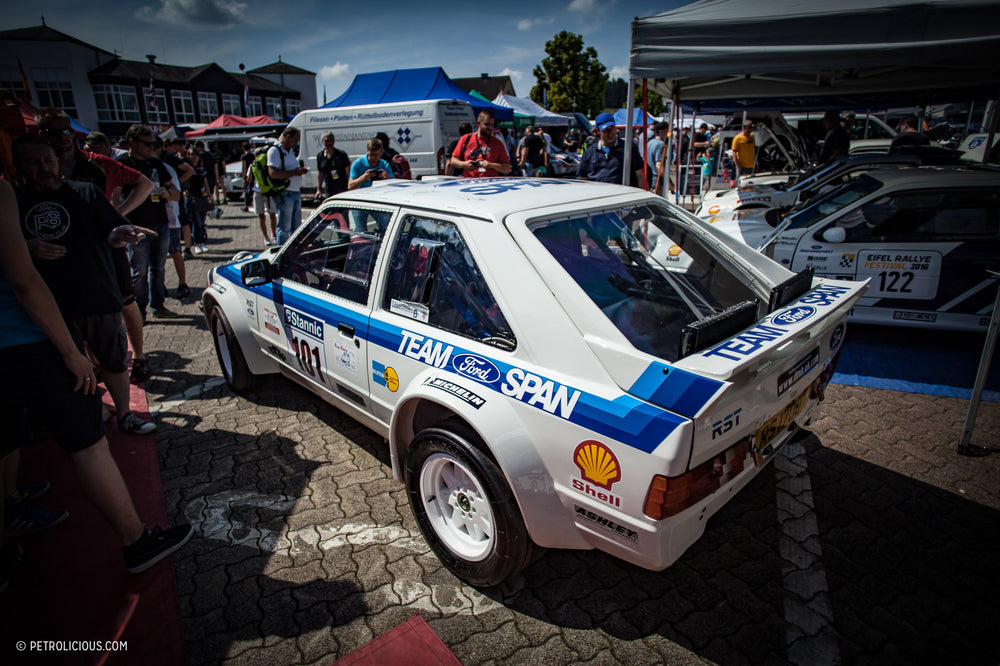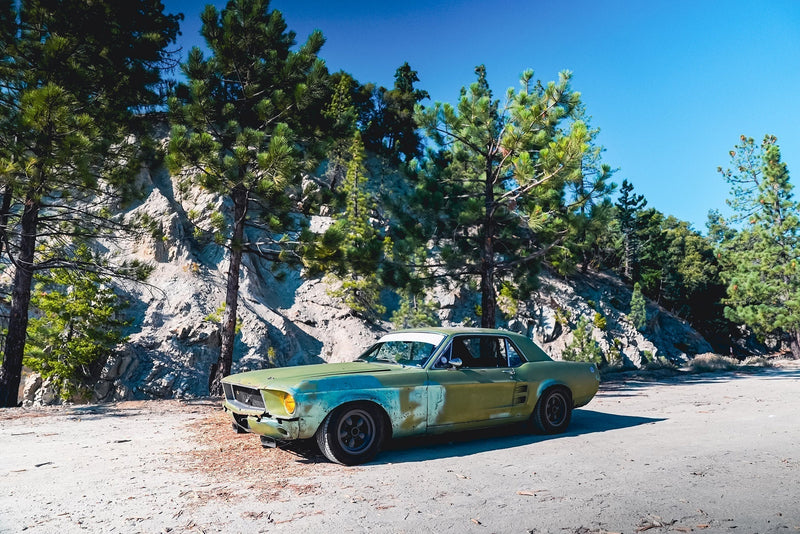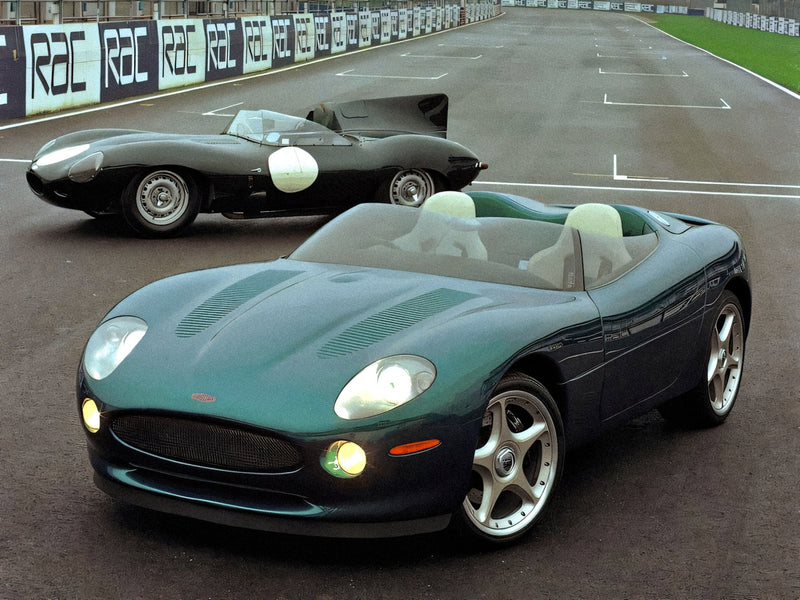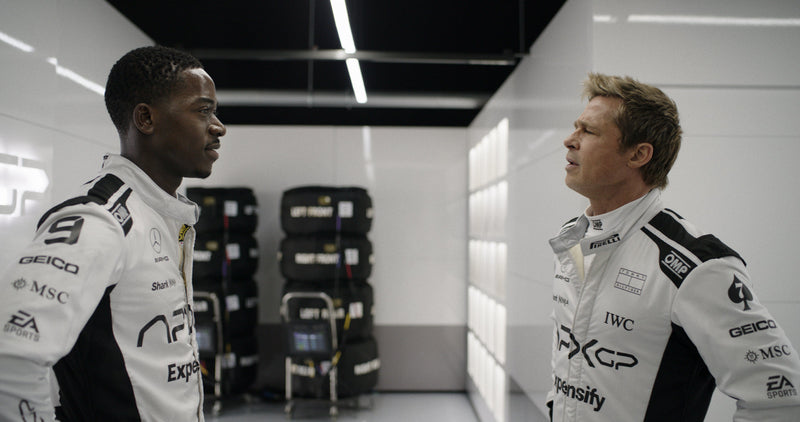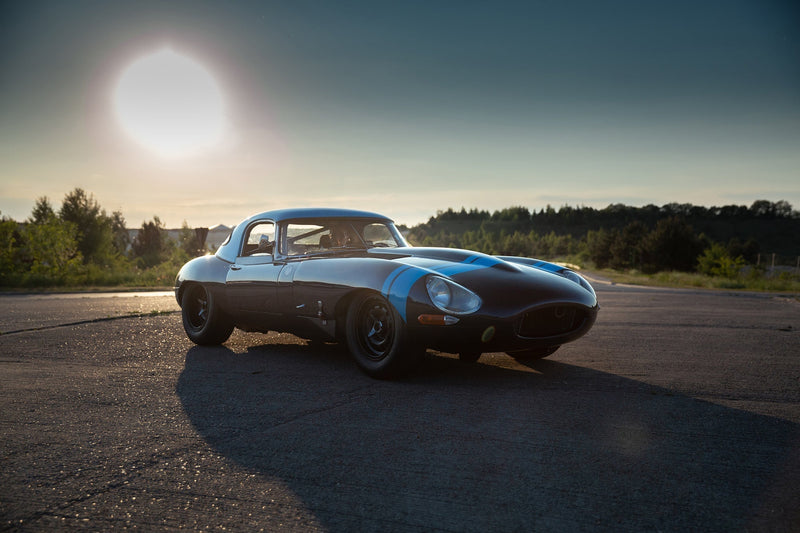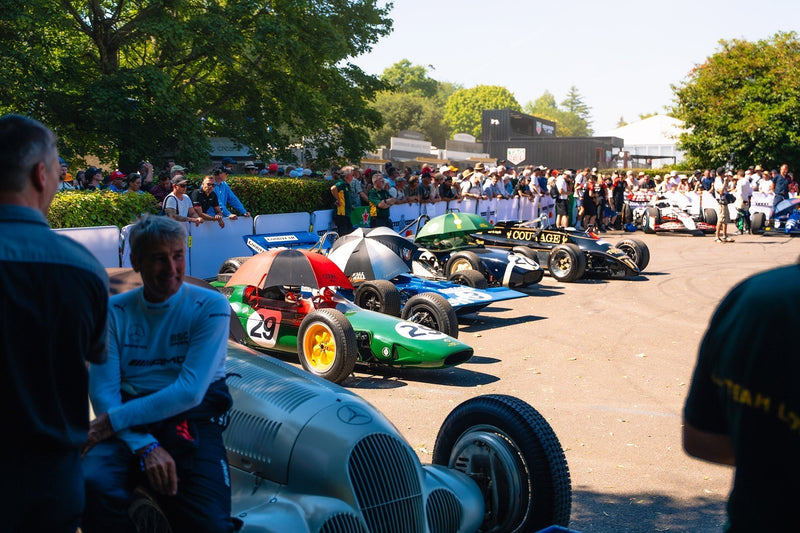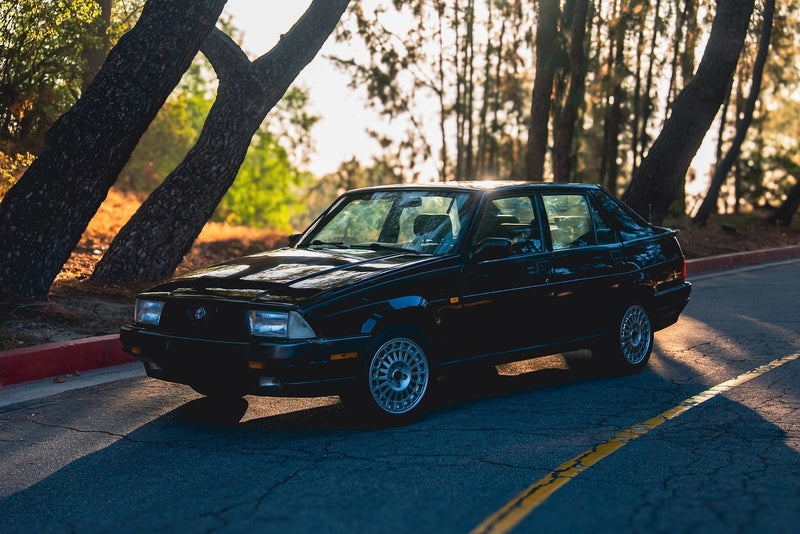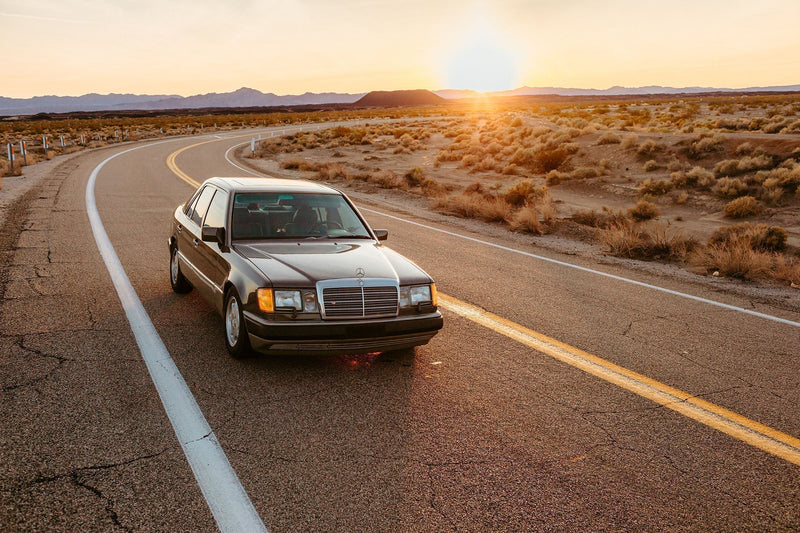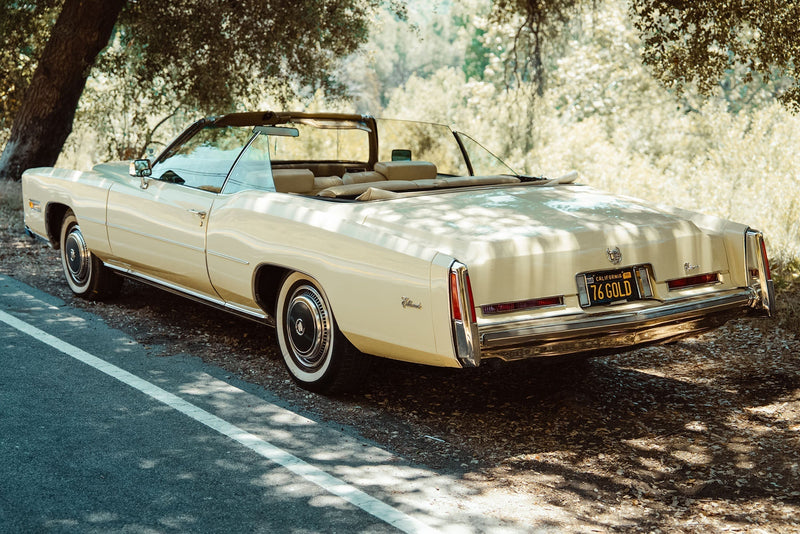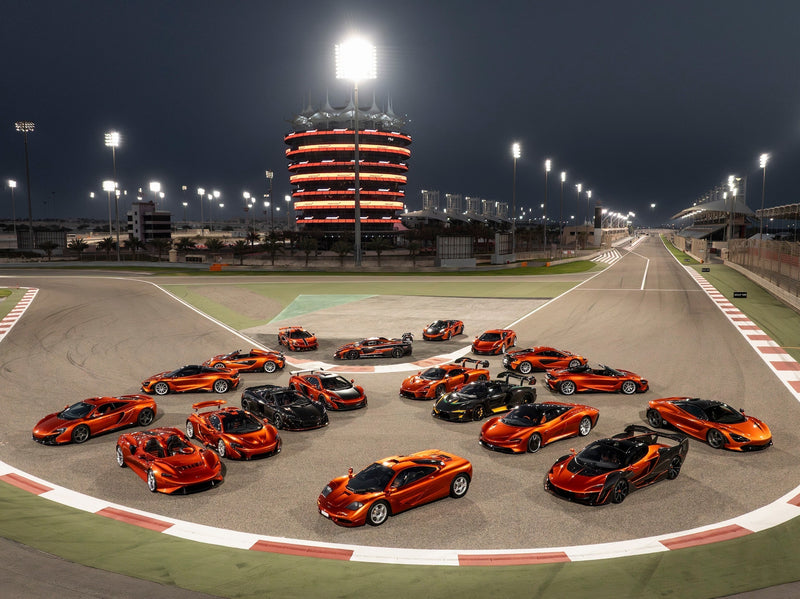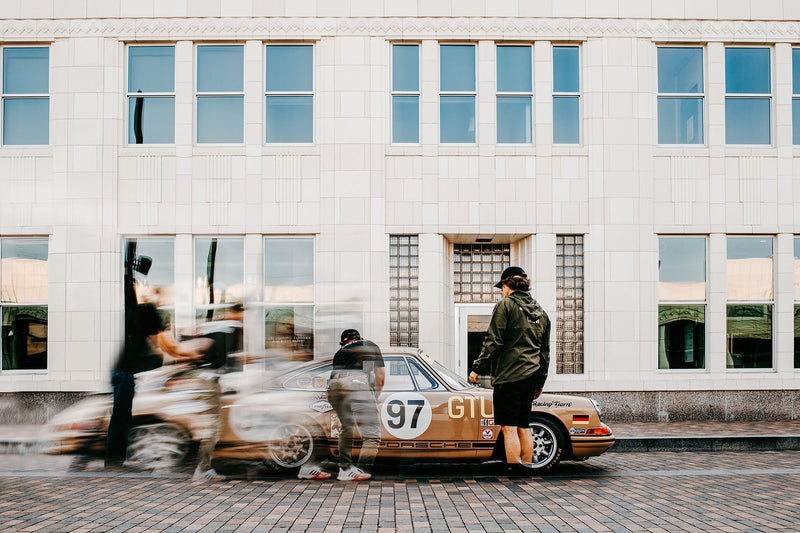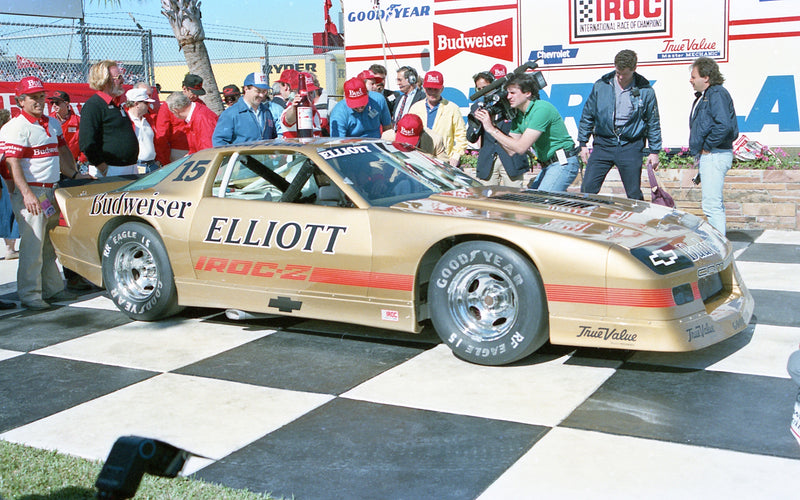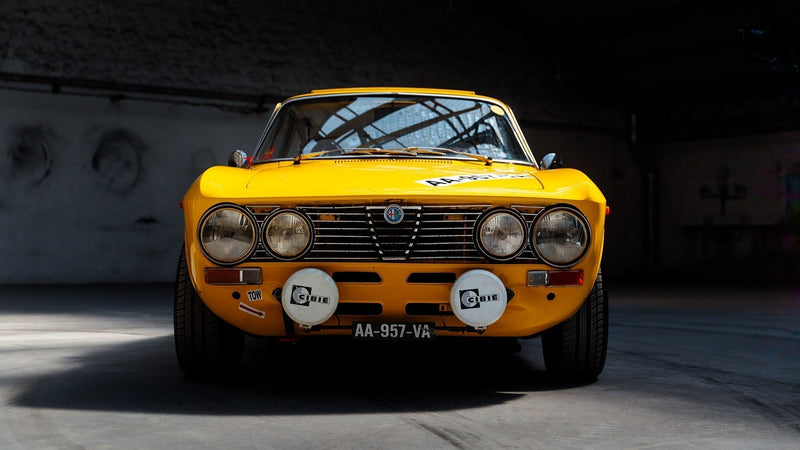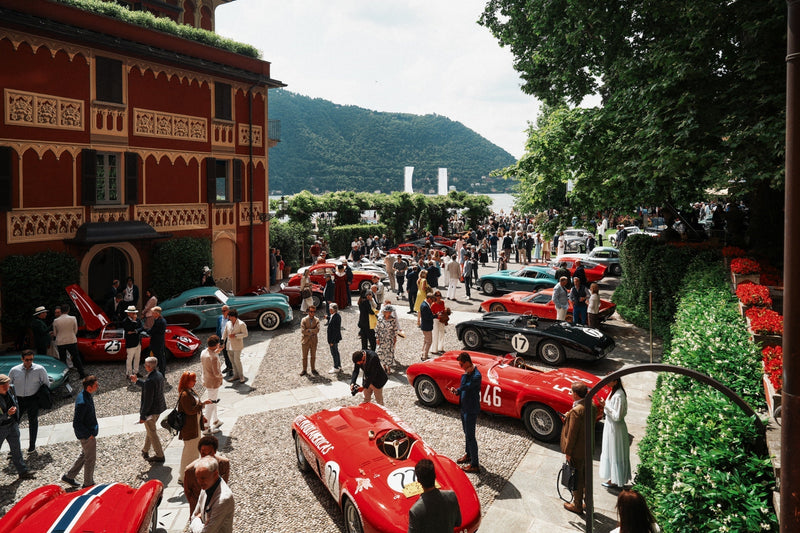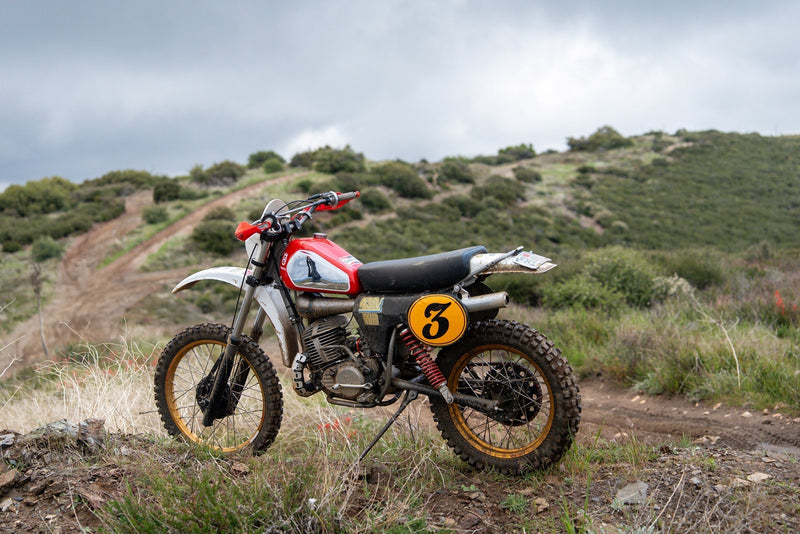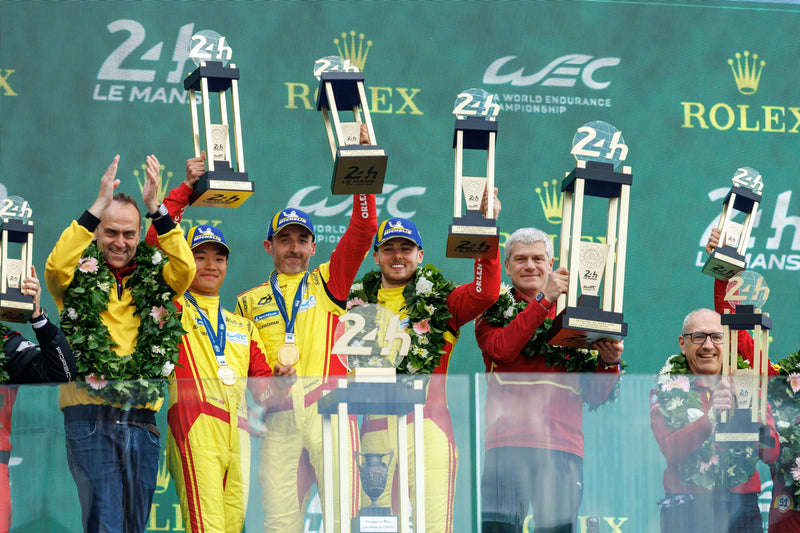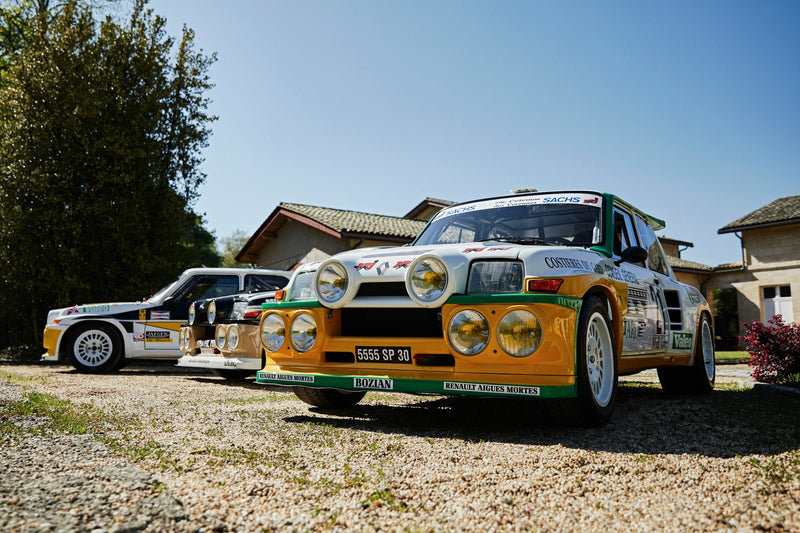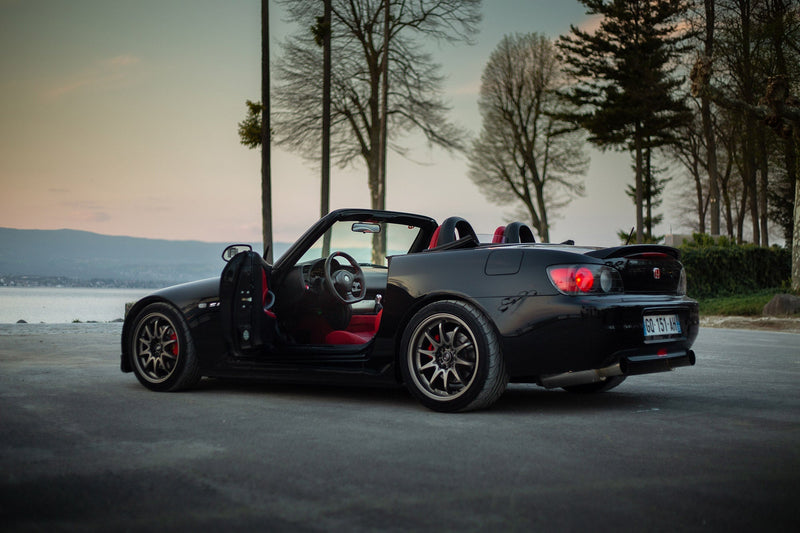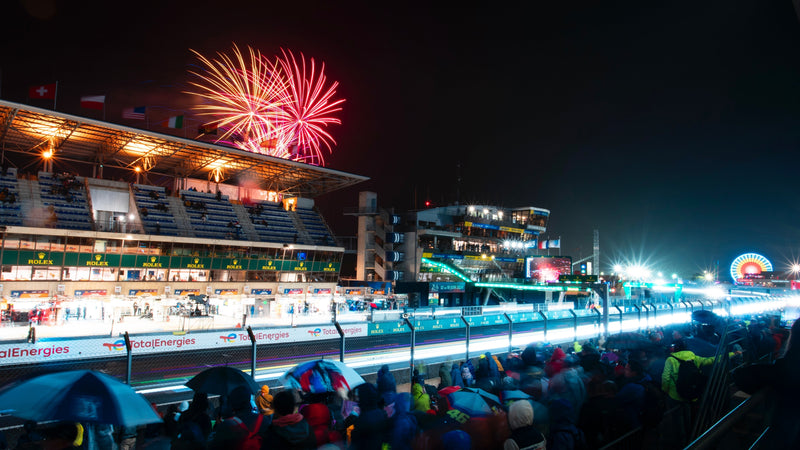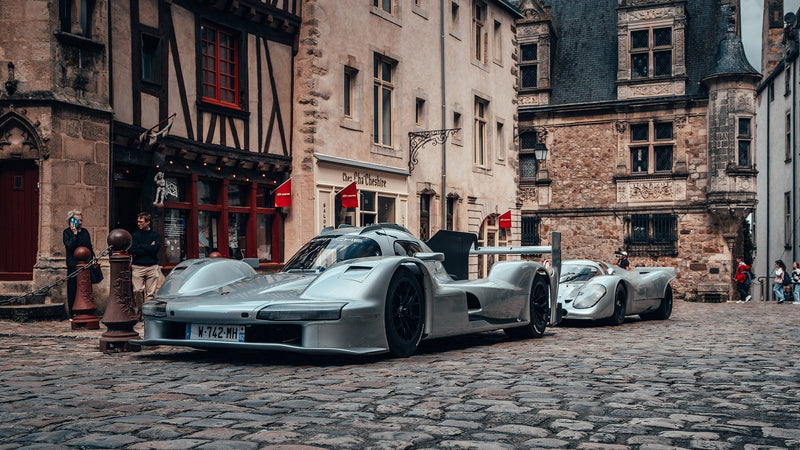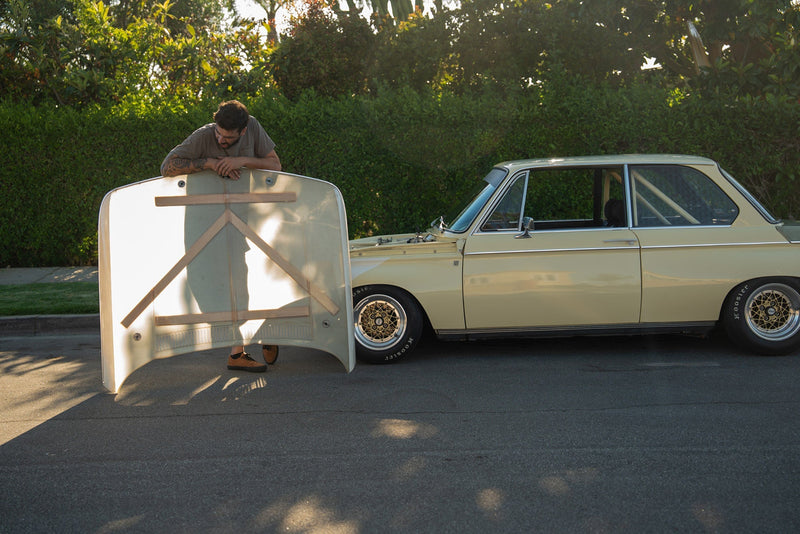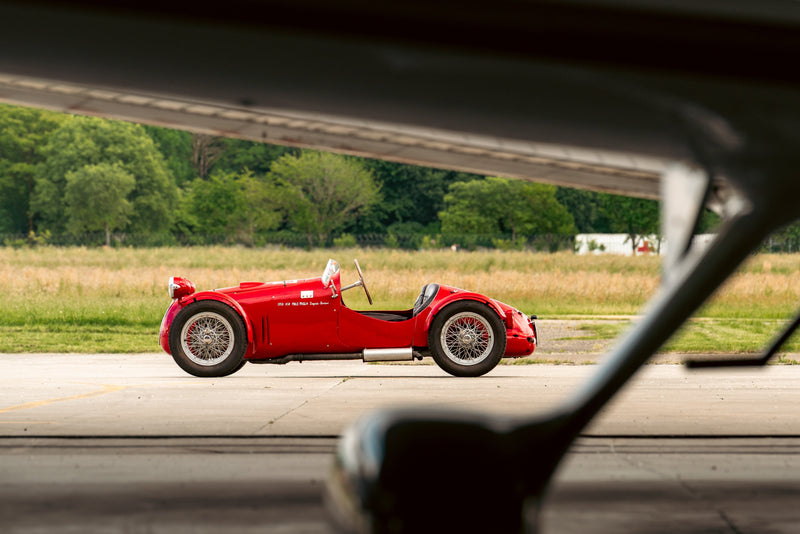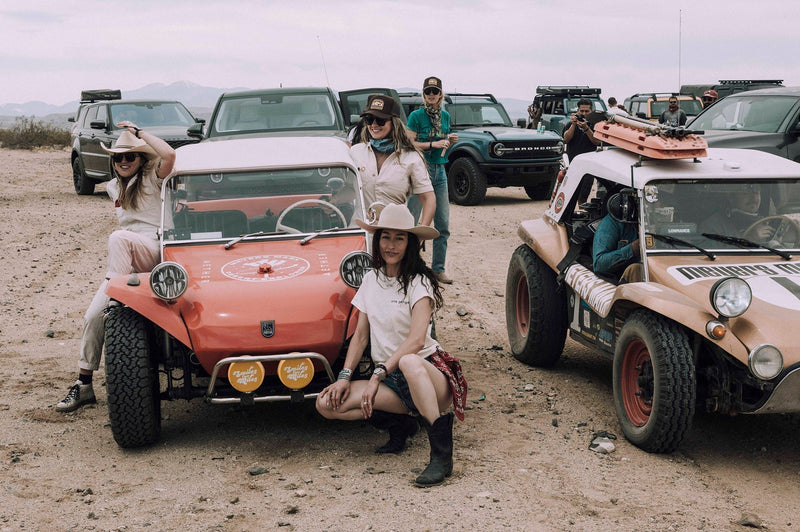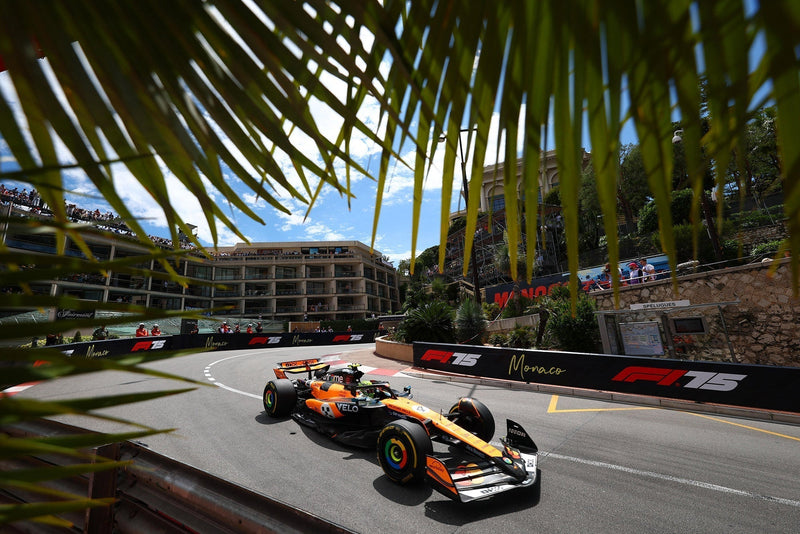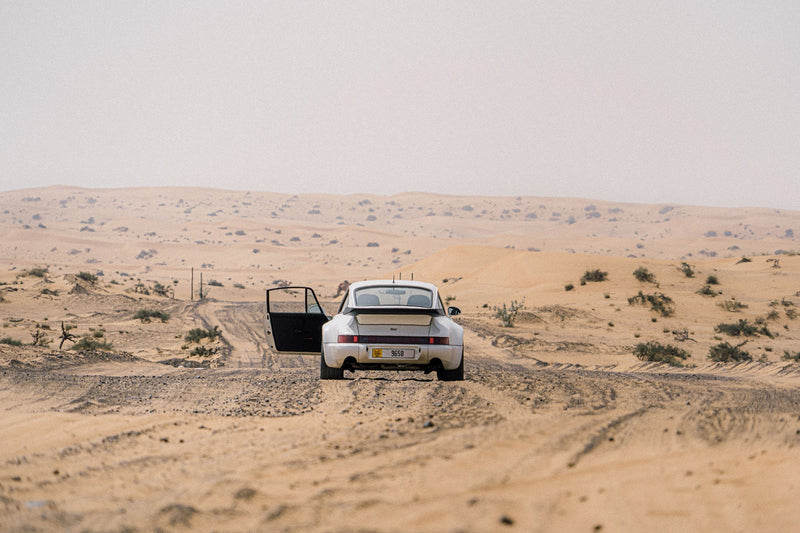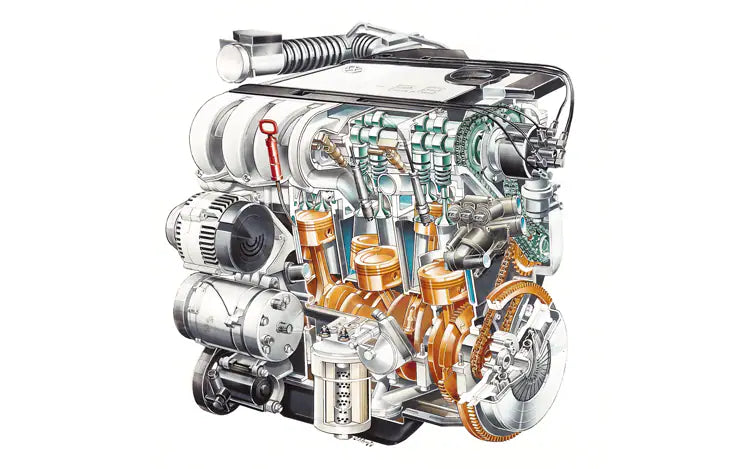Despite being parked in the corner of a car park among 64 Group B monsters and mystical Group S prototypes at the amazing Eifel Rally Festival, for those who know their Ford history this car was a real head-turner: the works Ford rally car that never was...
With just the Swedish, Acropolis, and RAC rallies to its name, the legendary Ford RS200 never had the opportunity to realize its full potential, but between the end of the hugely successful Mk2 Escort era and the curtailed Group B program of 1986 there was another works car in development, one that never saw the light of day on any of the world’s top rally stages.




For many years, the Mk3 Escort RS1700T was just a footnote of rallying history, a forgotten machine consigned to a few black and white photos in the history books. But that said, there were a few people who never gave up the hope of owning one. Brian Betteridge is one such gentleman. A 30-year search ended when one that had just been brought back to Europe from South Africa was about to go up for auction in Germany. Brian wasn't having any of that, so he promptly bought it and trailered it back to the UK before anyone else had a chance to put a bid in. Following its nut and bolt rebuild, this was the first car of its kind to turn a wheel on British tarmac for over three decades.
After winning the world championship in 1979, Ford sold all of the Mk2 works cars to David Sutton (who they probably didn't suspect would go on to win the title with Ari Vatanen two years later in such a car) to begin work on the new Group B project. Though based on a the front-driven Mk3 Escort production car (albeit very loosely), the developed the racer to be a rear-wheel driven car, so the engine was mounted longitudinally. Designer John Wheeler knew that getting a good front to rear balance would be key, so a transaxle system, similar to what Porsche had done with the 924, was devised for the Group B effort. Coupled with fully independent rear suspension based on what Fiat was utilizing with great success in the 131, the new Escort was two full seconds per mile faster than the Mk2 when they tested on the same tracks used in the 1982 Portugal Rally. The team was confident that with a field of Fiat 131s, Opel Asconas, Lancia 037s and Renault 5 Turbos, that the rear-wheel drive Mk3 was a viable option.



It certainly wasn't all smooth sailing though. When you look for any story of the RS1700T on the internet you'll probably find a quote along the lines of “plagued with problems,” but not much more than that. The 200 road cars that needed to be build in order for the rally version to be homologated was an arbitrary number intended to deter small constructors from building a competitive one-off prototypes, and therefore the series would keep the highest class exclusively for major manufactures. But the Ford boys at Boreham had a much smaller motorsport department than their rivals Audi, Peugeot, and Lancia, so the project was only viable if they changed as little as possible from the standard Mk3 Escort. Alas, making a front-wheel drive road car into a rear-wheel drive rally car with as little bespoke parts as possible wasn't exactly an ideal situation, and from the start the whole project was a compromise.


Small things include lower control arms and anti-roll bars from the Sierra and the steering rack is based on the Mustang’s, but they never made a right-hand drive Mustang back then, so it's a kind of hybrid device. But the transaxle, with the big torque tube running between the seat was a huge but necessary modification and for the ideal suspension geometry they made bespoke inner wings to fit the Group 4 Mk2 Escort turrets and struts. For better weight distribution the front crossmember was moved forwards three inches, and eagle-eyed Mk3 enthusiasts might notice the shorter distance between the end of the bumper and the beginning of the arch. The car then had a 52/48 front/rear weight ratio when all was said and done. The mid-engined RS200 has 51/49, for reference. Lancia and Opel would have had a serious rival on their hands… The problem was that Audi wouldn't.




When the Quattro was launched onto the scene everyone with a rear-wheel drive car looked on in dismay. The game was forever changed. Ford Motorsport knew that their car was dead in the water. The first reaction was to start rallying with the rear-wheel drive car while simultaneously developing a 4x4 version, but top brass decided to ditch the Mk3 efforts in favor of a new ground-up 4x4 car built to the limit of what the Group B regulations would allow. The RS1700T project wasn't all in vain though. With so much development work put into it the technology, the swap to the new project meant that there was a running prototype of the RS200 in just three months. 200 BDA engines had already been made and bored out to 1803cc to be used in the new car. The transaxle gearing system pioneered in the RS1700T was re-used in the front of the RS200… but for all its donations, the remaining Mk3 prototypes were ordered to be destroyed.
Project manager Mick Jones had a better idea though. He was emigrating to South Africa at the time, and as there were no tedious homologation rules to worry about there he took all the available rally cars with him. A couple competed in the 1984 season but as unfinished projects understandably they had more retirements than good results.
Before the 1985 championship though, there was a lot of work done to one of the cars. Cutting out surplus metal in the floor and doors, making all the body panels out of lightweight Kevlar and the windows out of polycarbonate saved a huge 250kg. The rear chassis rails were modified to give the suspension more articulation, and to cope with the much higher ambient temperatures the duel core radiator was replaced with a much bigger quad-core unit and the intercooler was moved to the nose behind the grill. A pair of oil coolers were mounted at the back, one for the gearbox and one for the engine.



They are completely exposed and you certainly wouldn't want to touch one after the car has been running! There is no way a car could run these in European competition, and it was only because of the loose regulations in South Africa that they could be made like this at all. The idea was copied from the Audi Quattro, but those were protected under the wing and mesh. At only 980kg, and with 350bhp in its final trim, the RS1700T was a quick car, and at the 1985 Nissan Rally it took its one and only win.
Later that year in the Fleet Lease, which is kind of the South African equivalent of the Pikes Peak, it split a pair of Audis to place second. But that, rather sadly, is the sum total of the RS1700T's competitive achievements and after that the car fades from history as for close to three decades they languished in storage or were left standing outside to rot away. And what of all the others? There is perhaps one guy, and only one guy, who knows just about all there is to know about the project; Paul Moulston is possibly the car's biggest fan and with a voice husky from days of telling the story over and over, he told it to me too.
A grand total of 18 prototypes were made with varying configurations and setups, but just four are known to have survived. A fifth may or may not be in a Boreham storage facility, depending on who you ask. One resides in a big private collection in America, someone in the UK is restoring one, Malcolm Wilson owns another which is kept in the M-Sport museum and is in need of some serious TLC to get it running, although it's possible Malcolm wants to keep it in 100% original condition. And then there's this one, the only running example.

But what about the ones that don't exist anymore? Paul knows all about them as well. P1 was just a Fiesta with a Mk2 Escort grafted onto the front. P2 and P3 were simply mock-ups to test installations and body kit measurements and the fourth was the first that could actually be driven. P5 was a show car and the rest were a mixture of road cars and a few fully prepped rally cars. Most had the 1780cc turbocharged BDA engines but turbos were a very new technology on rally cars in the early '80s so they also tested a naturally-aspirated 2.3-liter engine made by Brian Hart. One of these was crashed by Vatanen in Portugal, but even though the car had to be lifted out of a ravine by a crane it was repairable. It's sister wasn't so fortunate though. Project manager Mick Jones rolled it at an airfield at 128mph. He was fortunate to walk away with just a few bruised ribs but the car was written off. That was P9. The one Brian bought is P18, the last and also the most developed. Lightened and with the additional cooling considerations, it looks closer to what we would have seen rallying in 1984 if it had happened.

Once in the UK, it was totally stripped and the bare shell acid-dipped before as many parts as possible were re-installed. It's about 80% original as every attempt to restore worn parts was made, and only pieces that were totally beyond repair or had the potential of causing an accident were scrapped. They even left the rough welding on all the reinforced chassis rails. The engine had a bit of an issue with a smoking turbo though so it was taken to Julian Godfrey Engineering where they found a leaking seal. It was rebuilt and run on their dyno for nine hours to make sure it wouldn't explode, but when they fitted it back to the engine they noticed some more problems.

The engine management system is a Botch Motronic from 1982 and so they weren't expecting it to be perfect, but these guys have been working on engines since the Cortina was the current model so they know a sick one when they hear it. It was stripped down for a thorough investigation where enough little problems were found that it was decided that a full rebuild was warranted and a new management system was to be fitted. The car is never going to be rallied, but with a one-of-a-kind vehicle like this, if a job is worth doing, then it's worth doing properly.


